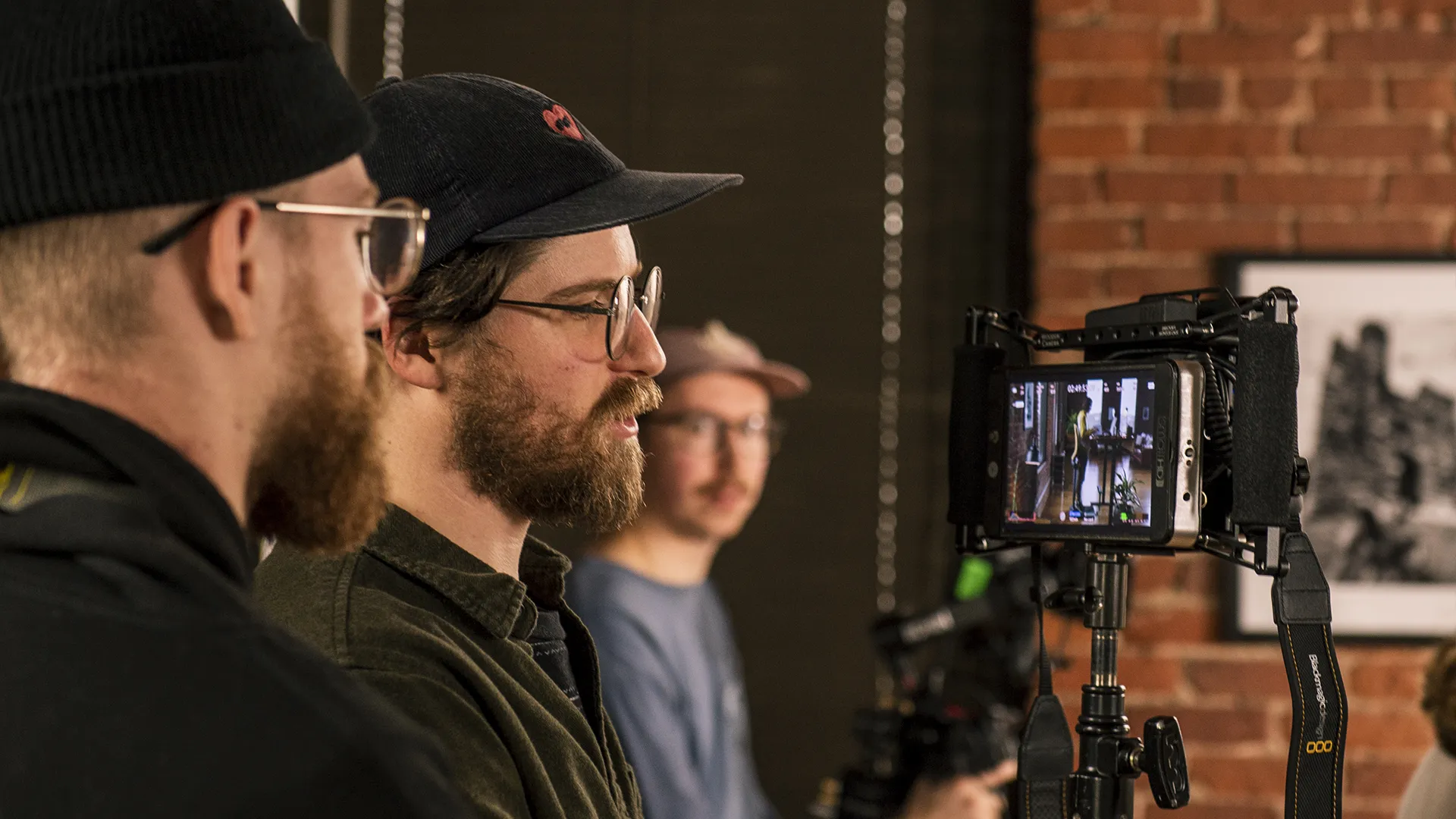
14 Jun 5 Questions to Ask About Your Video Example
When you’re starting a creative project, sometimes it’s helpful to have examples of other pieces of work that you can utilize as a template, inspiration, or proof of concept, especially with something visual like videos. It’s especially helpful to have visual references to show a group of people in order to avoid getting lost in lingo that could be bordering on ambiguous.
“A picture is worth a thousand words,” right?
So, showing imagery and ideas already in motion can really speed up communication, especially if you’re a creative person speaking to non-creatives or vice versa.
But just because a certain concept worked for one company, that doesn’t mean that it will work for YOUR brand.
I’ve seen something happen with leaders that so badly want people to care about an upcoming event, service, or acquisition. They know they need a marketing campaign to promote these things and video production will be an integral part of that. They start looking around at other brand work to see what these other companies have done. The leader will lock into their video for “inspiration” or as an “example,” yet many times this piece of content becomes more like a template they want you to copy and less like something to spark ideas.
Something that was a success for a global company with over $500K to spend on a video is most likely not going to translate the same way for an entirely different company with a radically smaller budget. So, before you say “we want a video like this one,” I would first ask yourself the following five questions:
- 1. Are they in the same industry as you?
- 2. Is the style and tone aligning with your goals?
- 3. Are they driven by a similar purpose?
- 4. Is the result they received the same that you’re after?
- 5. What was their budget and is that what you have to invest in your project?
Operating unchecked, some leaders can get very invested in and attracted to their video example. So much so, they’ll start copying and pasting everything from the sample and demanding it be that same way for their video. In order to avoid winding up in the same place, let’s expound on these 5 questions.
1. The industry is important because not every idea and theme translates well across different company types. Something that was a huge success for a healthcare company simply may not make sense for an eCommerce brand. What you’re selling and how your brand is perceived are vastly different.
2. I’ve seen a lot of brands want to try out something funny simply because it’s been a success for Old Spice, Dollar Shave Club, and GEICO. All those brands took a huge risk in diving down the comedy route for their project. Are you actually willing to take that risk? If yes, then making sure you understand what makes your project have potential for comedy is vital. Not just that, but trusting people who are gifted in that area is a must. I’m using comedy as an example, but the style and tone across any spectrum of mood and desired emotion needs to be carefully thought through. If you’re using an example that’s highly emotional, nostalgic, goofy, exciting, and the piece you’re creating doesn’t match that — you may be setting yourself for more confusion than it’s worth.
3. Why did your example make this video? Were they fundraising? Was this project part of a bigger campaign showcasing their full spread of offerings? Is it their 50th anniversary as a brand and they wanted to celebrate that? Aligning on the purpose will help you know if doing something similar could also work for you.
4. If you see a video example that has 50 million views on YouTube and that’s ultimately what you deem a success, then that’s helpful to know up front. Most people nowadays consider that a success, but what if the result you’re wanting is simply to grow your internal team? You’re looking for potential team members with the right personalities and skillsets, so it doesn’t matter how many views you get so long as you recruit valuable employees. The end result that you want and that your example campaigns have to align.
5. Budget is something that often gets overlooked or easily brushed aside in these conversations. People don’t often want to reveal how much they have to spend on a marketing project. Keep in mind that it really speeds the process up and allows people to get into creative ideation early on, not waste their time crafting ideas far outside the reach of affordability. If you’re pointing to a Super Bowl commercial as your desired video example and you have a limited budget to operate on, being up front about those restraints will only help matters.
Ultimately, creative projects are most successful when that success is defined. If utilizing different video examples is helpful to get stakeholders on the same page and move forward, that’s great. I think there are more options and examples out there now than ever. But keeping your unique needs, goals, vision, outcome, and budget front of mind will keep everything realistic and on track. From there, letting people do what they do best when hiring a creative agency is most likely going to get you the best result in the end.
Examples and references should enhance the process but not stifle creativity and pigeonhole you.
So, feel free to send us some video examples that you like. I’ll be sure to ask what exactly you like about them and then guide you through our process so we can craft you a compelling, memorable, and meaningful story.
If you’re looking to get started on a project, Votary has a passion for telling compelling stories through the art of filmmaking. We specialize in producing brand stories, creative commercials, and documentary series. If that sounds to you like we might be a fit, then let’s talk. Start a Conversation.
